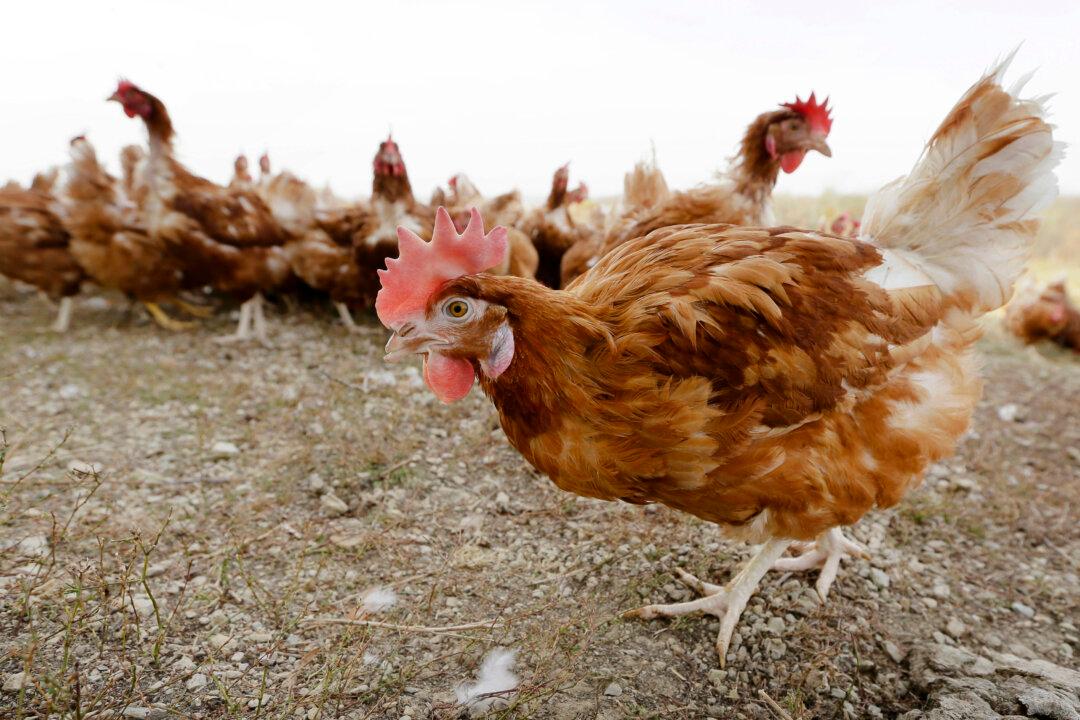U.S. federal and state agencies are planning research into the potential respiratory spread of the highly pathogenic avian influenza among dairy cattle, with the hope that the research will guide efforts to contain the influenza—known as the bird flu—and reduce exposure to humans.
The Michigan Department of Agriculture and Rural Development is working with Michigan State University and the U.S. Department of Agriculture (USDA) to plan research on farms to evaluate respiratory spread, according to Tim Boring, the department’s director.





